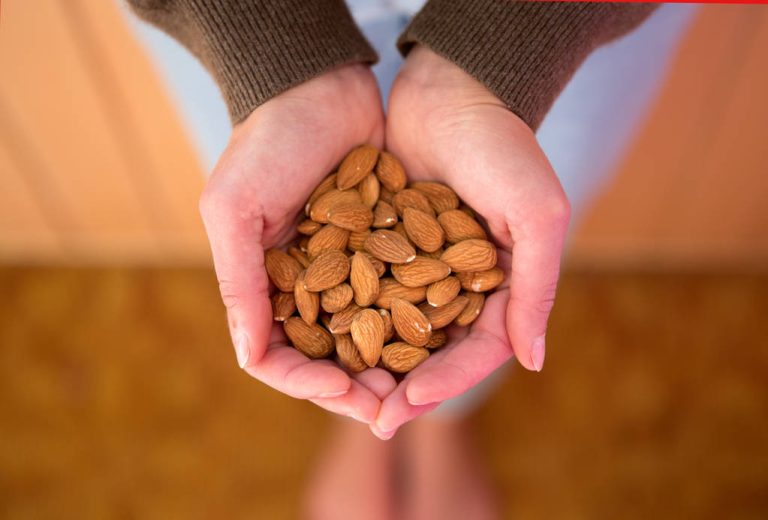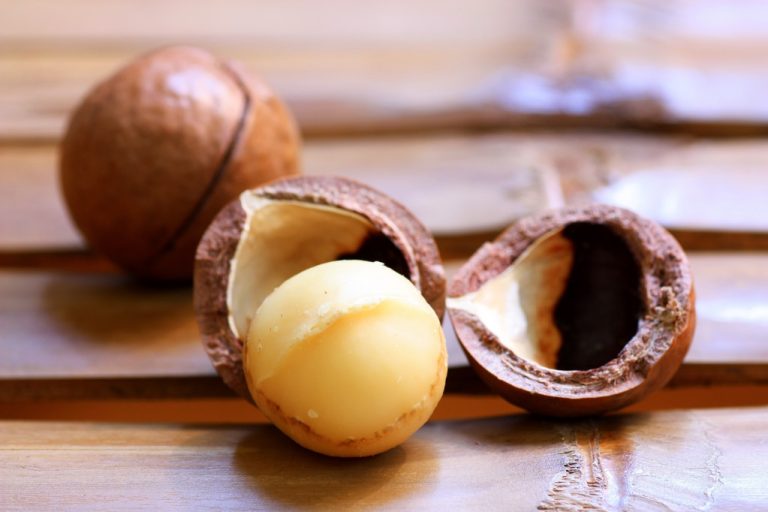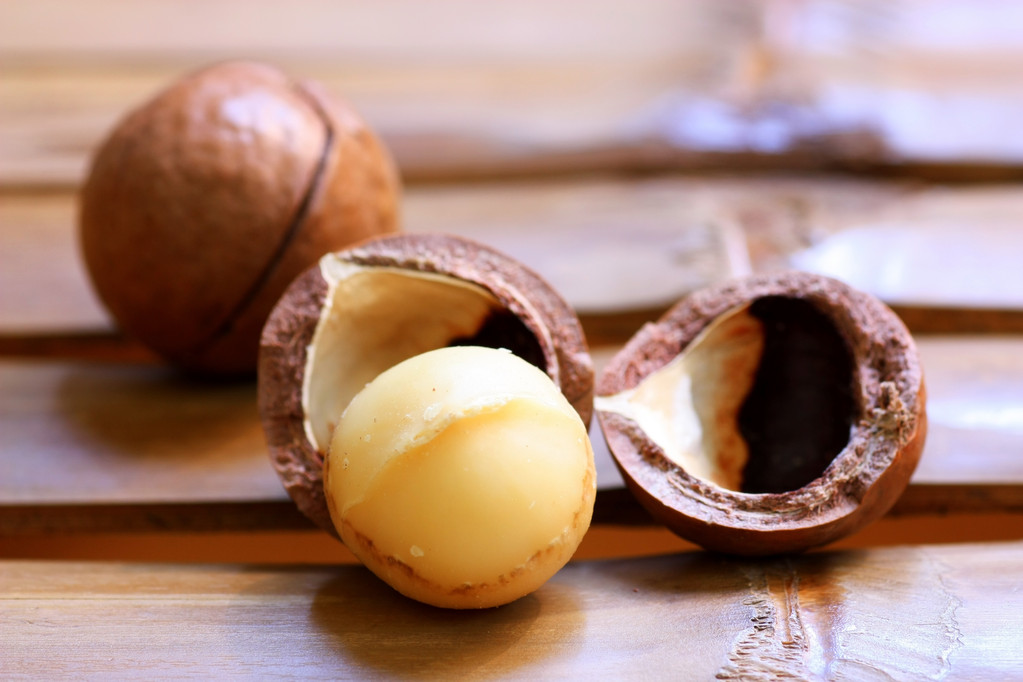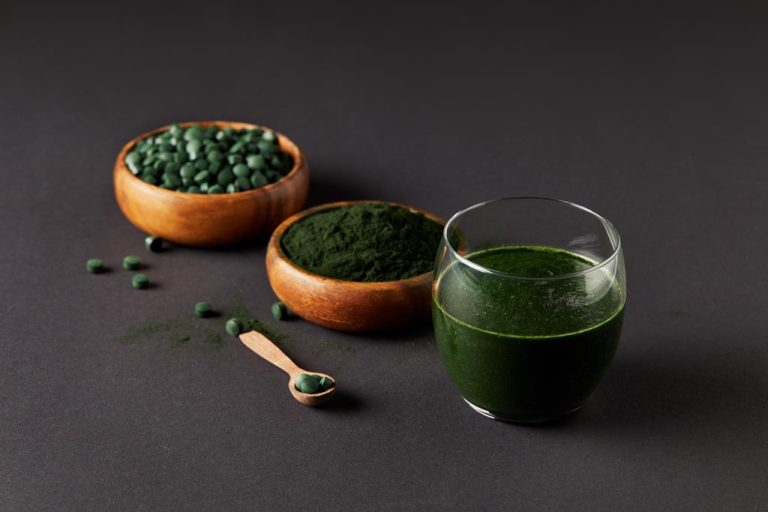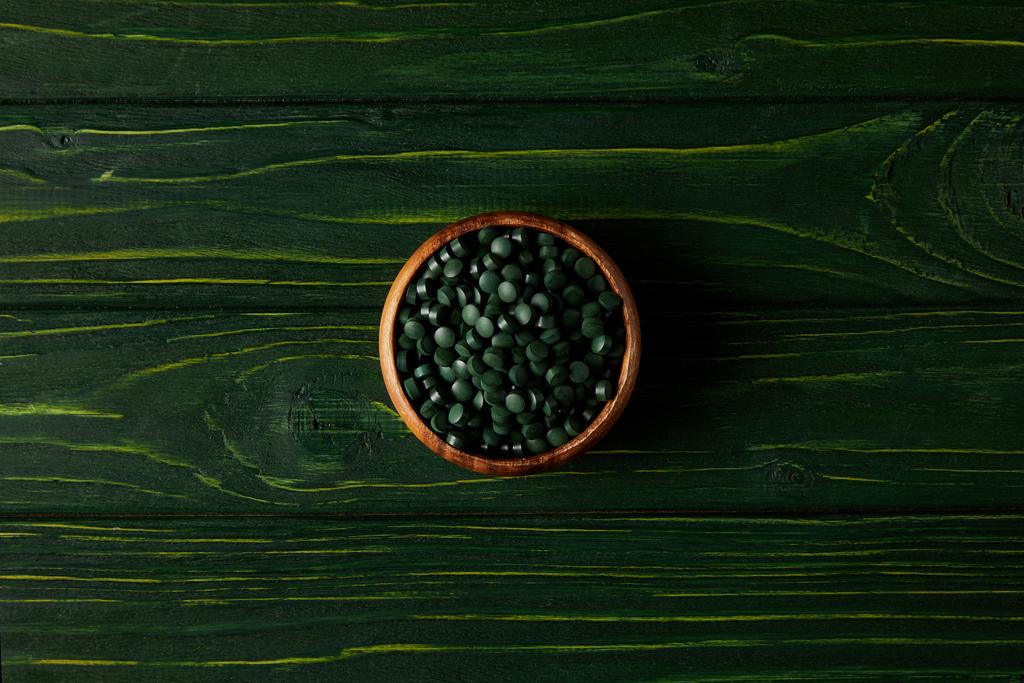Almonds are popular in the kitchen and cosmetics and new products are constantly coming onto the market: almond milk, almond flour, almond cream, even almond-based vegan cheese is in the refrigerated section. Are such products really healthy and sustainable or just hip and delicious?
We clarify where the almonds come from in the trade, what varieties there are, what almond oil, almond milk and almond butter are all about – and how sustainable almond production is.
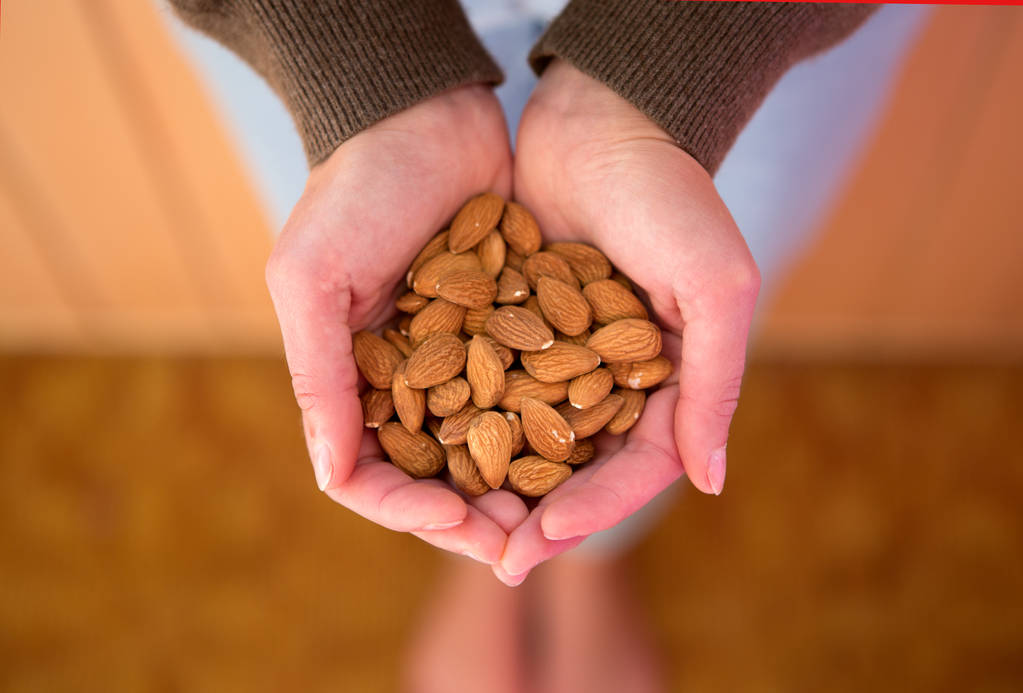
Where do the almonds come from?
Almond trees probably originally come from Southwest Asia, but this cannot really be clarified today, as it is not always clear whether the occurrence is wild or caused by planting. Today, wild almond trees grow particularly on the eastern Mediterranean coast, in Turkey, the Caucasus, Iran, Iraq, Turkmenistan, Kyrgyzstan and Uzbekistan. There are also almond trees in Germany – but not wild.
In the Vorderpfalz and on the southern wine route, the climatic conditions are suitable for almonds, so that almonds were grown there until the 1940s. To this day, the almond trees bloom in many places in the spring in a sweet pink. Globally, most almonds are now grown in the US, but about 10 percent of global almond cultivation takes place in the EU, mainly in the Mediterranean region.
Are there different types of almonds?
There are basically three groups of tonsils:
sweet almonds used in baking and desserts,
Cracked almonds for raw consumption in nut mixtures to crack and
Bitter almonds, which are used in small amounts to flavor liqueurs (Amaretto), for example. Due to their high content of hydrocyanic acid, among other things, bitter almonds are not suitable for consumption. During the production of the baking ingredient bitter almond oil, the hydrocyanic acid is extracted from the oil.
Products made from almonds: almond oil, almond milk, almond butter
Almonds are extremely versatile and can be used in both sweet and savory dishes or as almond oil in cosmetics. Very classic products based on almonds are:
Marzipan: Strictly speaking, only almonds, sugar and maybe some rose or orange blossom water belong in marzipan. The more almonds in the marzipan, the higher the quality.
Almond milk: To make it, almonds are ground into a very fine paste and mixed with water. When straining, you get almond milk, which can be used as food or cosmetics.
Almond oil is pressed from sweet almonds and bitter almonds, depending on the purpose. Almond oil is particularly suitable for sensitive and dry skin and for babies, but it also tastes delicious in desserts and flavored as bitter almond oil in pastries and liqueurs.
Almond flour is a by-product of almond oil production. This is the so-called press cake, which is usually offered de-oiled as almond flour. Oil-free almond flour is gluten-free and contains only a few carbohydrates, which is why it is suitable for celiac patients and as part of a low-carb diet.
Almond butter consists of finely ground almonds without any additives. Dark almond butter is made from unpeeled roasted almonds, white almond butter is made from peeled “blanched” almonds. Dark almond butter has a strong flavor and is good for baking, light almond butter can replace cream and is a wonderful base or addition to desserts or smoothies.
How healthy are almonds?
Half of the almond is fat, which doesn’t exactly make it body-friendly. Although the fat it contains has the same calorie density as any other vegetable fat, it is much healthier. This is due to the content of unsaturated fatty acids and good omega-3 to omega-6 fatty acid ratio. These healthy fatty acids have beneficial effects on the cardiovascular system and cholesterol levels.
Furthermore, almonds contain about 20 percent protein, which is why almond butter and almonds are often used as a valuable source of protein in meatless cuisine.
The approximately 22 percent carbohydrates in almonds keep you full for a long time and, as a gluten-free alternative, are the basis of almond flour.
If the shell is still attached to the almond or if the ground almonds have not been blanched, almonds also contain a lot of dietary fiber, which not only prevents colon cancer, but also keeps you full for a long time because they only allow the blood sugar level to rise slowly.
The information on the nutritional values of products made from almonds cannot always be made in general. For example, it is impossible to give general information about fat content, protein and calorie content for almond milk, since it always depends on how much water was used in the recipe to produce it or whether the milk was sweetened.
Almonds in themselves are very healthy in small amounts and are a valuable source of protein, but in larger amounts they contribute to an increased consumption of fat and then find themselves on the hips quite quickly. No wonder with around 700 kcal per 100 g! The rule of thumb is: A handful of nuts (approx. 25 g) per day is enough. By the way: The fact that almonds are a kind of “fat brake”, burn more fat than they deliver, or accelerate weight loss diets is pure nonsense.
Are Organic Almonds Better?
In principle, the use of pesticides is forbidden in organic farming – unlike with almonds from conventional cultivation. To combat pests, almonds are gassed with, among other things, phosphine, which is very toxic. Theoretically, little or no toxic phosphine should stick to the food after fumigation, but Öko-Test magazine found traces of it on nuts in September 2014.
Sulphurizing (a preservation method) is also forbidden in the organic sector, because this destroys vitamin B1 (thiamine), among other things, and the actually healthy almonds lose a vitamin. So it doesn’t just make sense to buy organic almonds in terms of pesticides.

